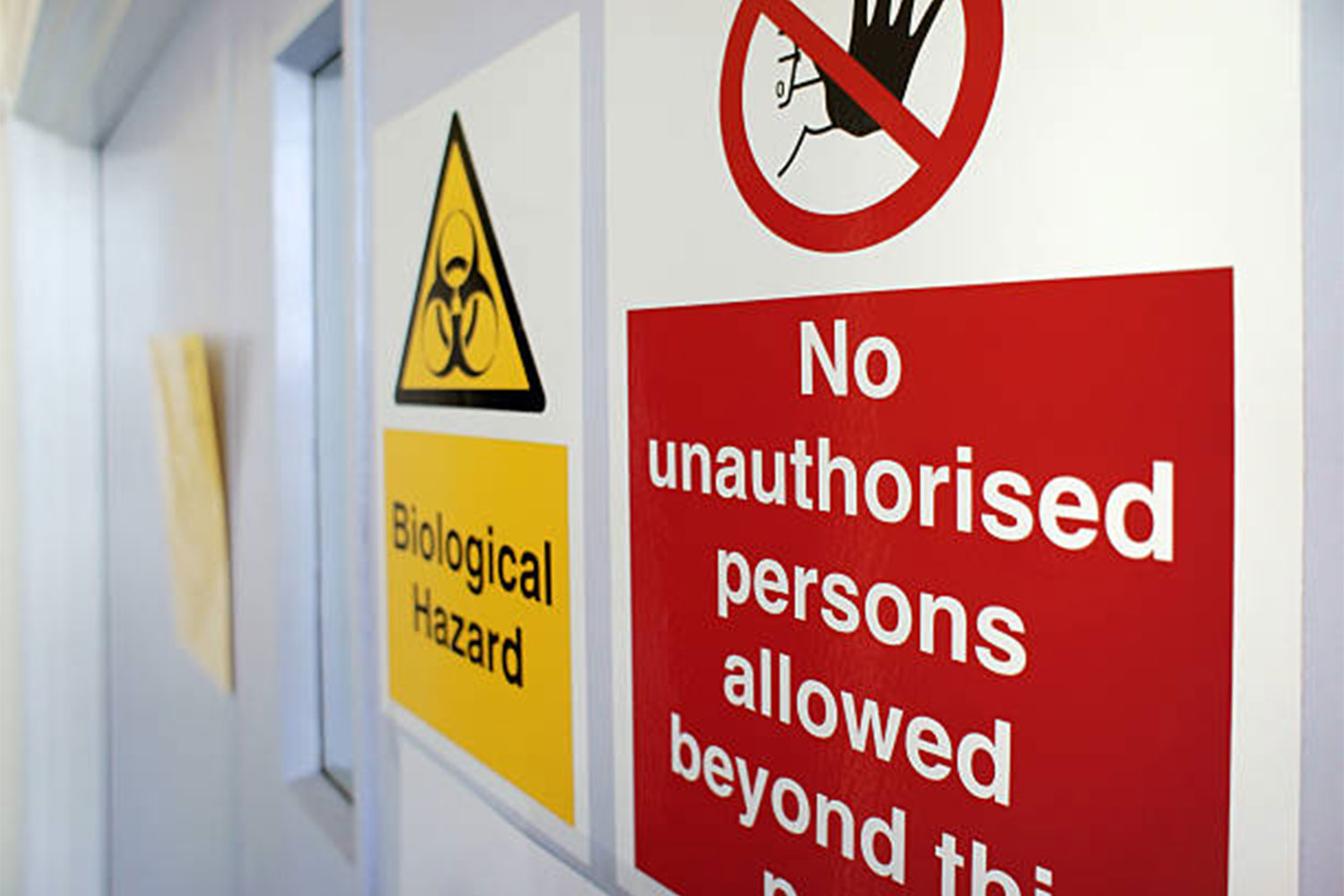Hazardous Chemicals
Are you GHS Ready?
Globally Harmonized System of classification and labelling of chemicals (GHS)
A new system of chemical classification and hazard communication is coming into effect and your business or organisation needs to be ready. The new system is called the Globally Harmonised System or (GHS) for the classification and labelling of chemicals. The new system will replace the existing system for classifying hazardous substances and dangerous goods in the workplace. Businesses in New South Wales will have until December 31 2016 to become (GHS) ready.

What is the GHS?
The GHS is an internationally agreed system of chemical classification and hazard communication through labelling and Safety Data Sheets (SDS). Currently different countries have different systems for classification and labelling of chemical products. These different systems make regulation of this hazard difficult, impose an additional burden on business and can impact on safe use at the workplace level. The GHS is published by the United Nations and includes ‘harmonized’ criteria for the ready classification and understanding of physical, health and environmental hazards.
What are the changes?
Listed below are some of the new changes such as –
- Signal words – There are now just two words to describe their hazard level – Danger or Warning.
- Hazard statement – The hazard statement communicates the chemical’s nature and severity. The language used is straightforward and familiar. For example, ‘Causes serious eye irritation’.
- Precautionary statement – Precautionary statements recommend measures to avoid or minimise risks of chemical exposure. The precautionary statements relate specifically to prevention, response, storage and disposal.
- Safety Data Sheets (SDS) – The current Australian 16-header format will continue to apply.
- Pictograms – There are nine (9) hazard pictograms in the GHS which represent the physical, health and environmental hazards.
The nine “GHS” hazard pictograms
Exploding Bomb – “Explosive”
Flame – “Flammable”
Flame over circle – “Oxidising”
Gas Cylinder – “Gasses Under Pressure”
Skull and Crossbones – “Acute Toxicity”
Exclamation Mark – “Health Hazards”
Corrosion – “Corrosive”
Health Hazard – “Chronic Health Hazards”
Environment – “Environmental”
How can you prepare your business or organisation?
Identify deadlines – work towards the deadline of 31 December 2016 to develop an implementation schedule.
Conduct an inventory of all hazardous chemicals, identify inactive products (to eliminate unnecessary workload and reduce the site risk). Look for GHS compliant products now or reconsider the quantities you purchase.
Update your chemicals and systems, including the tracking of new SDS versus old SDS – train your workers on how to understand the new labels and SDS.
Is there a transition period?
Yes – Australia adopted the third revised edition of the GHS under work health and safety laws. The five year transition period started in 2012. Until 31 December 2016, both old and new systems for chemical classification can be used by industry. After this date, on 1 January 2017, the SDS and labels must be GHS compliant and all workplace chemicals must be classified according to the new system:
What do you need to do?
Chemical manufacturers and suppliers (including importers) will be responsible for making changes and ensuring all hazardous chemicals sales are GHS compliant before the deadline. This means re-labelling and replacing the SDS for any non-GHS labelled hazardous chemicals that are supplied after 31 December 2016.
Some manufacturers and suppliers are already GHS ready, and importers have been receiving GHS labelled goods from GHS compliant countries for some time. If this is the case you may only need to supply a GHS compliant SDS.
All workplaces purchasing chemicals from 1 January 2017 must be GHS compliant (both labels and SDS). Consider checking this before you place an order, especially for larger purchases you are making now. Existing hazardous chemicals (with NOHSC and ADG Code labels) that you intend to keep past 31 December 2016 do not need to be re-labelled.
If you’re looking for assistance with WHS/OH&S requirements specific to your industry, please contact WHS Consulting Hunter for advice on how to incorporate safety management into your business operations.
WHS Consulting Services
For expert assistance in implementing effective WHS training and programs, small business owners in Hunter, Newcastle, Central Coast, Mid North Coast, and Sydney can turn to WHS Consulting Hunter. Our team of experts is dedicated to helping businesses create safer workplaces while adhering to Australian WHS standards and codes of practice.
0419 847 771
jason@whsch.com.au









